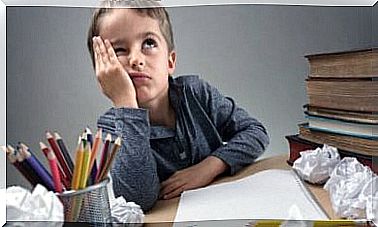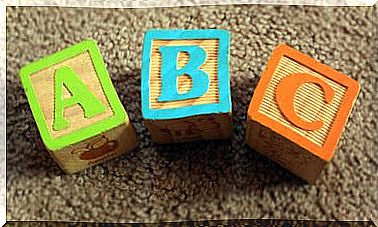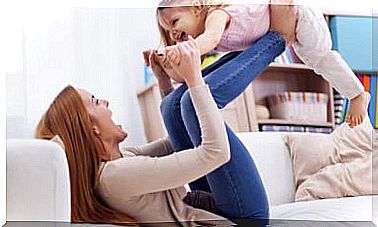Benefits Of The Flipped Classroom For Teachers And Students
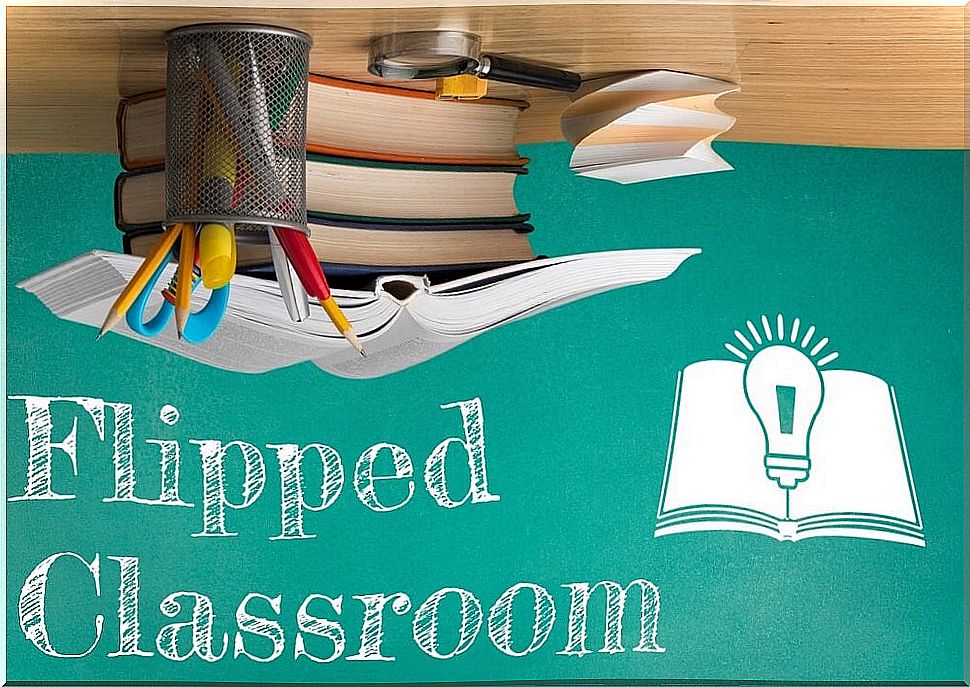
The flipped classroom is a form of blended, blended learning. It is a learning model that shares the student’s face-to-face and virtual strategies. Utilizing the benefits of the flipped classroom is a growing trend.
The traditional classroom
The classroom is where students spend most of their time preparing to become successful people in the world. A world increasingly connected with new technologies and, however, the classroom does not usually evolve much in this sense.
There are digital whiteboards that sometimes replace traditional chalk and whiteboards. Furniture is becoming more modern and perhaps more beautiful, and there may even be a projector in each classroom. But all this does not mean that the classroom configuration is different from what we have known for years; this configuration does not usually vary.
The teacher usually has a defined space at the front of the classroom. Here he makes use of markers, whiteboards, projectors and other tools to develop the content. Students usually sit in their own area of the classroom, in differentiated, equidistant rows, and have to attend, do the exercises and be able to reproduce what they learn in an exam.
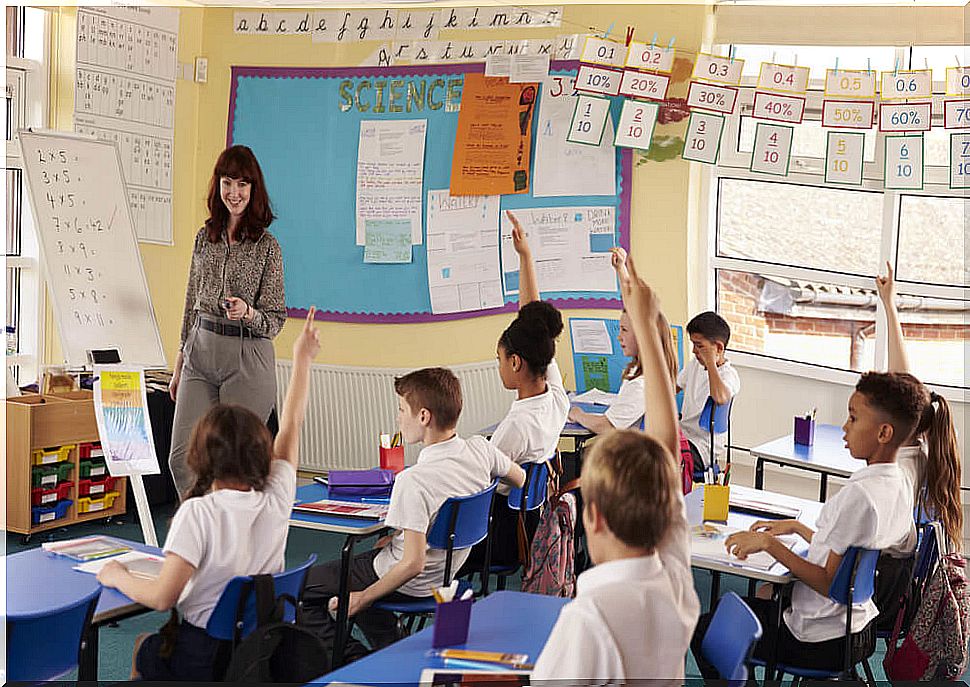
This is an environment that cannot lead to great academic results for everyone equally. Yet it is the classroom design that we have seen hold up year after year, decade after decade. Things are changing little by little, and the question arises: what does a flipped classroom look like from the outside?
The classroom flipped from the outside
In appearance, it looks exactly the same as a traditional classroom might look. But instead of paying attention to the teacher’s teachings while in class and applying the new knowledge in their homework after school, students will watch or listen to the presentations at home, before class starts, using the time in the classroom. to do your homework and everything else.
In the educational community there is concern regarding the success of a flipped classroom. For example, how to achieve change, how to make students accept it, parents … Let’s see what its benefits are and how interesting it would be to apply this educational model in reality.
Benefits of the flipped classroom for students
The classic classroom setting is focused on the teacher, and the needs that count most are often those of the teacher. All the tools are for the teacher to use, to improve their presentations, their contribution of knowledge. Students are often passive receivers of information. Here are some benefits for students:
- When students watch or listen to presentations at home and solve problems and apply new knowledge in the classroom, they feel less frustrated with their assignments.
- The knowledge acquired is deeper and more significant.
- The student becomes an active subject of learning. This improves your autonomy and responsibility.
- The current time spent in the classroom is not enough for all the questions and doubts.
- Students who have to miss (illness, travel or any other reason) can be put on c on his fellow more quickly and easily with this model.

Benefits of the flipped classroom for teachers
Today, in an age that is increasingly digitized, there is information available to anyone who wants to search for it; teachers are no longer the only source of knowledge for students. Of course: they are still necessary. A flipped classroom is more demanding than a traditional one.
Teachers can identify the individual learning needs of each student and ensure that class time is used by all to develop the learning process. Other benefits are as follows:
- When students come to class prepared, there is little or no need for teachers to address content-related issues in a theoretical way. In this way, they can help students better understand the concepts with their practical application.
- Once the class is finished, the exhibition can be reused as many times as necessary, until the content is obsolete.
- The flipped classroom gives teachers more freedom to decide how much time to spend with each student. So everyone can get the care they need.
- Offers more transparency for parents. They will know exactly what their children are doing at school.
In short, as benefits of the flipped classroom we have the personalized and direct attention that the teacher can offer to his students in the classroom with this pedagogy. Their learning, thus, can be controlled in an individualized way.


